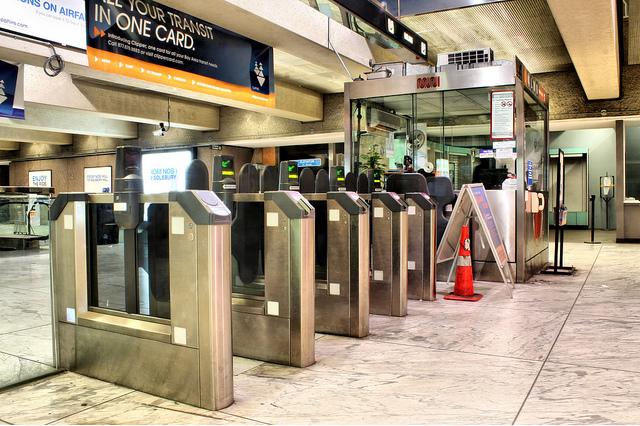BCL
Engineer
It was always rather odd to me when transit systems went to various proof of payment/fare/pass system. I remember when I could buy a ticket on Caltrain, which I had to do on weekends when the ticket windows were closed at certain stations or when they went to stops where there were none. Then they installed machines, which gets interesting because there's the occasional event only stop where there is none. I've arrived just in time for the train, but not in time to buy a ticket or use the interagency fare card that I forgot at home. San Francisco's MUNI went to proof of fare, even for buses, as well as light rail and streetcars. The supposed advantage is that one can board from any door, but then they need to have fare inspectors for their entire system. Santa Clara County's VTA really only goes to proof of payment for light rail. The operator locks the door to the control room and generally doesn't interact with passengers.
It seems almost like an employment/revenue scheme where people get paid and they extract fines.
It seems almost like an employment/revenue scheme where people get paid and they extract fines.






















































